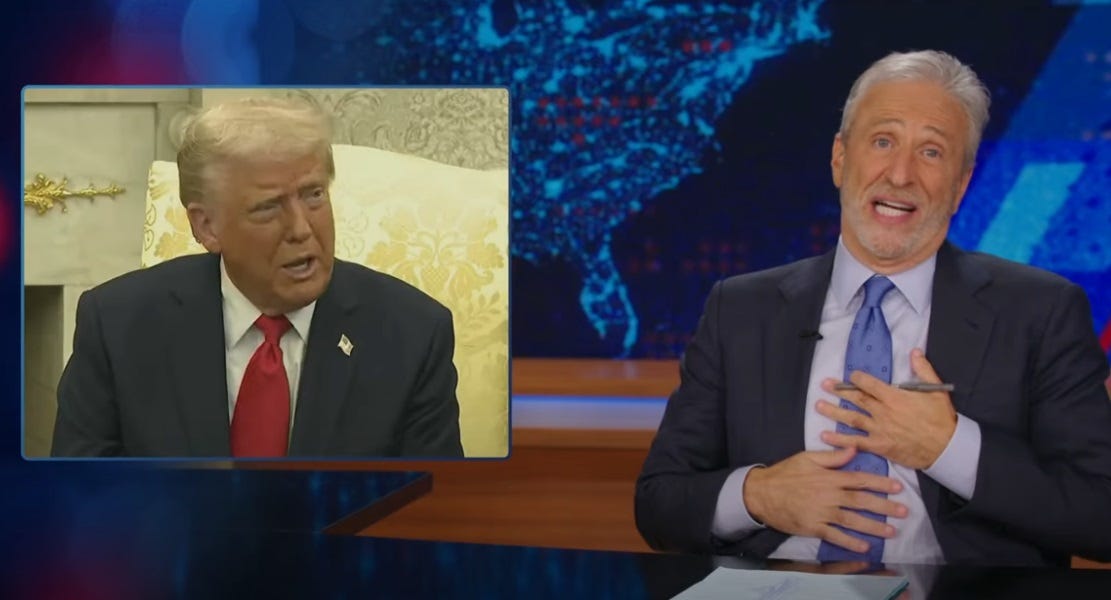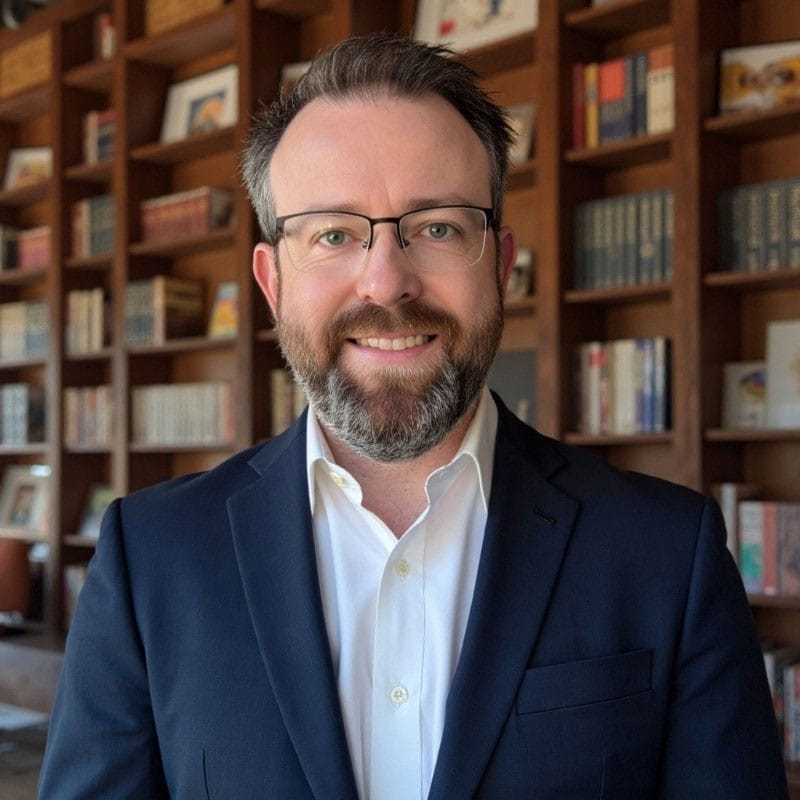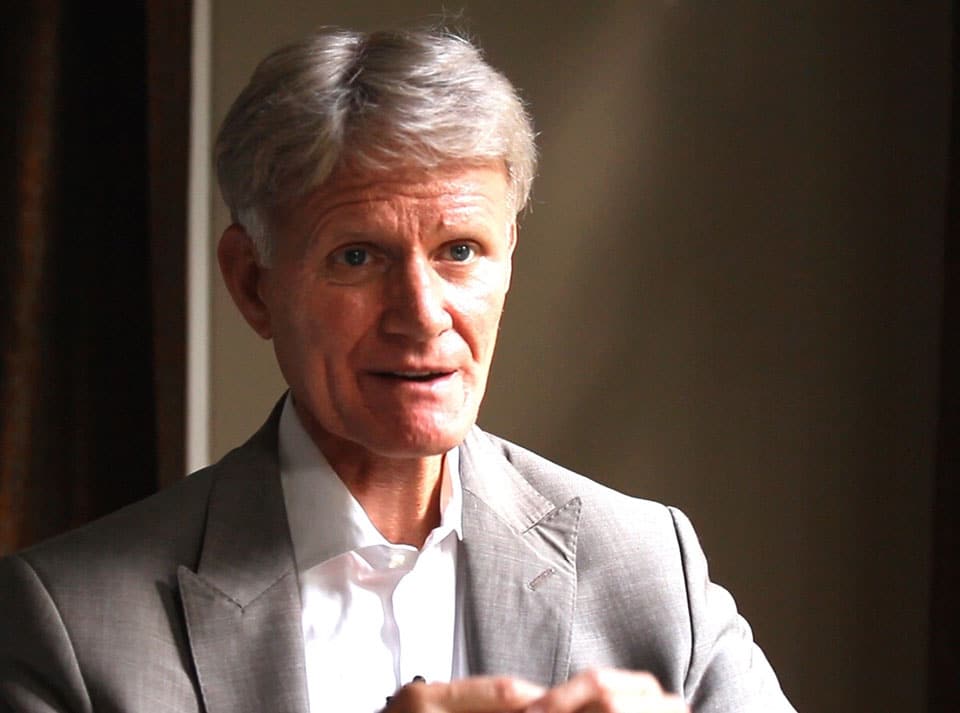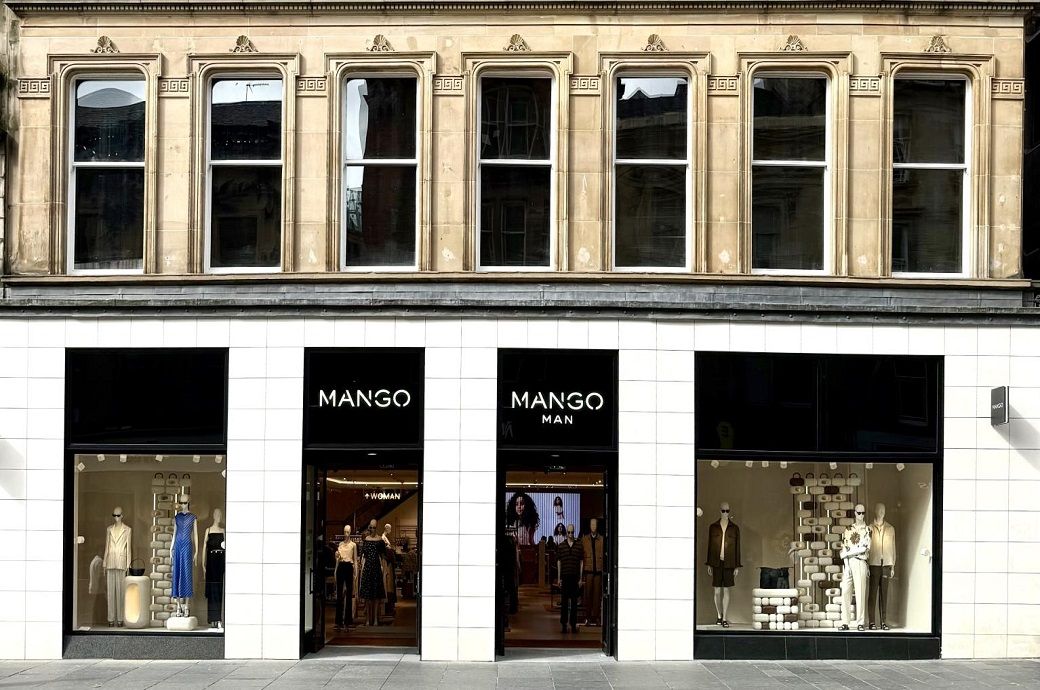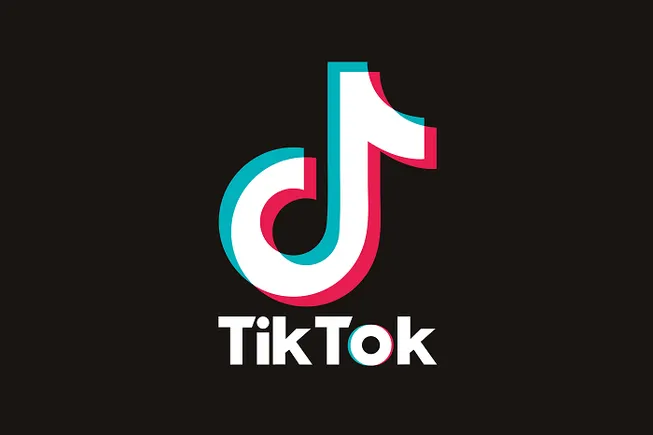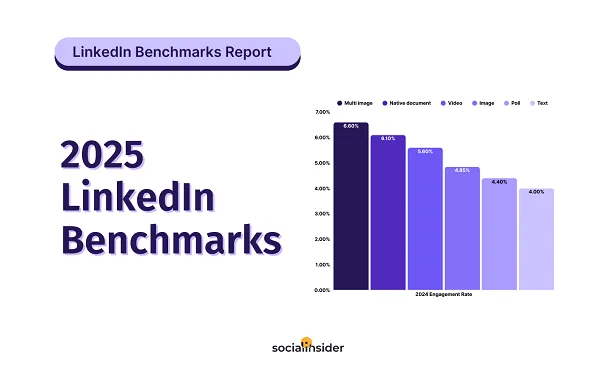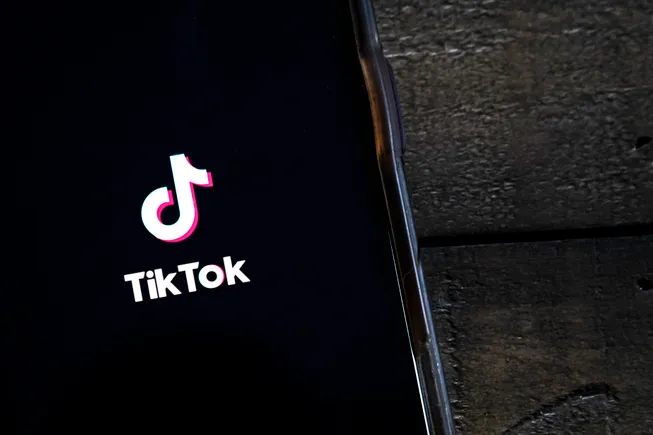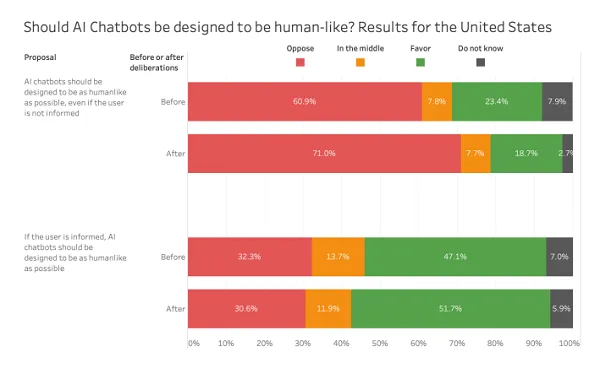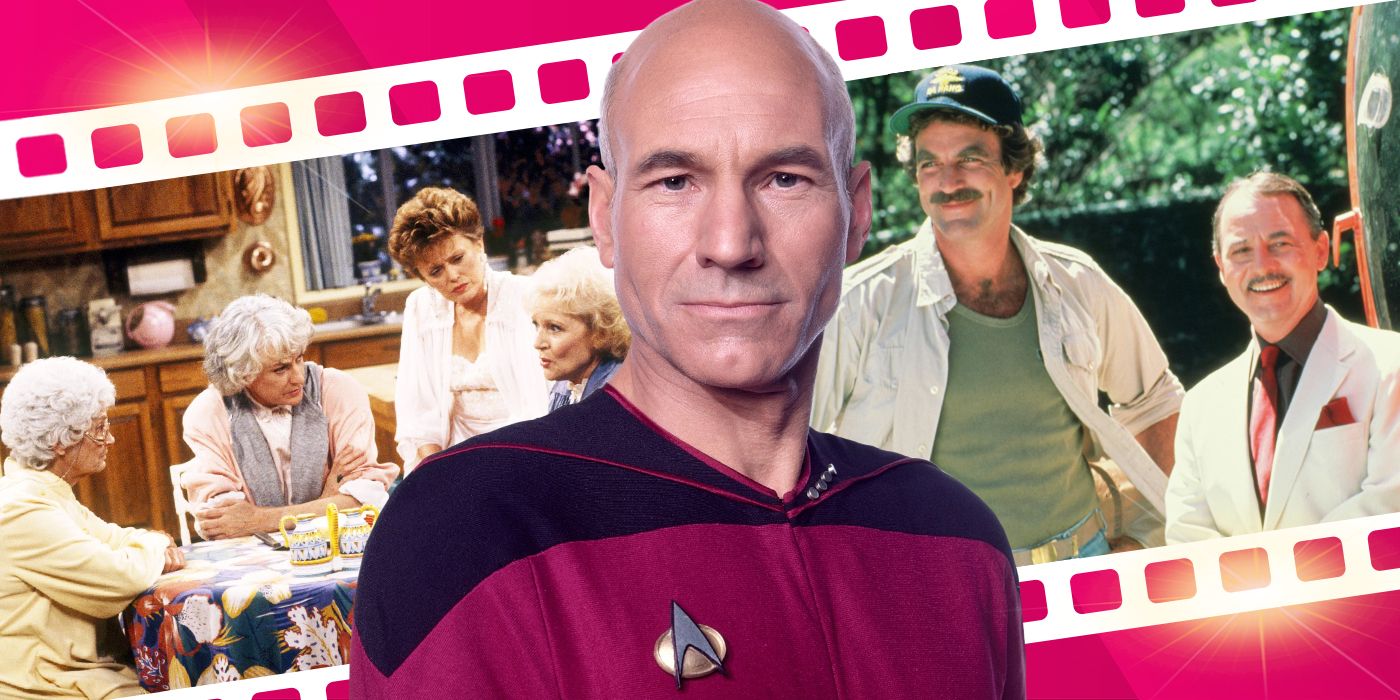In a time of public skepticism, board scrutiny, and culture wars, integrity is no longer optional — it’s a CEO’s most valuable and undervalued asset.
A Crisis Met with Moral Courage
In 1982, a crisis unfolded that could have shattered public trust in Johnson & Johnson forever. Seven people in Chicago died after ingesting Tylenol capsules laced with cyanide. Though the tampering appeared localized, the company made a bold decision: it recalled every bottle of Tylenol nationwide — a move that cost $100 million and affected a product responsible for nearly 20% of its profits. But Johnson & Johnson wasn’t acting on impulse. Its response was anchored in a principle codified four decades earlier in its company credo: “We believe our first responsibility is to the patients … and all others who use our products and services.”
Rather than deflect or delay, Johnson & Johnson led with integrity. It pioneered tamper-proof packaging, reintroduced Tylenol only once customer safety was ensured, and in doing so, restored its reputation. Within a year, the brand had regained its market share. The Tylenol case remains a masterclass in principle-driven leadership.
When Image Replaces Integrity
Contrast this with Perrier, the French mineral water brand that also faced a contamination crisis. In 1990, benzene — a known carcinogen — was found at unhealthy levels in its bottles sold in the U.S. Perrier, whose entire identity was built on purity, initially blamed a one-time human error. That story quickly unraveled. The real issue? A clogged filter while adding carbonation, revealing the water wasn’t “naturally sparkling” as it had claimed. The result: a $250 million global recall, a 37% drop in share price, and eventual acquisition by Nestlé.
What made the difference? Johnson & Johnson had a moral foundation guiding its decisions; Perrier had a marketing tagline. One acted with transparency and conviction, the other with hesitation and spin. One regained public trust. The other lost it.
Defining Integrity in Action
So what is integrity, really?
Too often, integrity is reduced to vague notions of honesty or ethics. But the word itself points to something deeper: integration. Leaders act with integrity when their values, words, and actions are aligned — forming a triangle that governs decision-making. This alignment creates trust, the true currency of leadership.
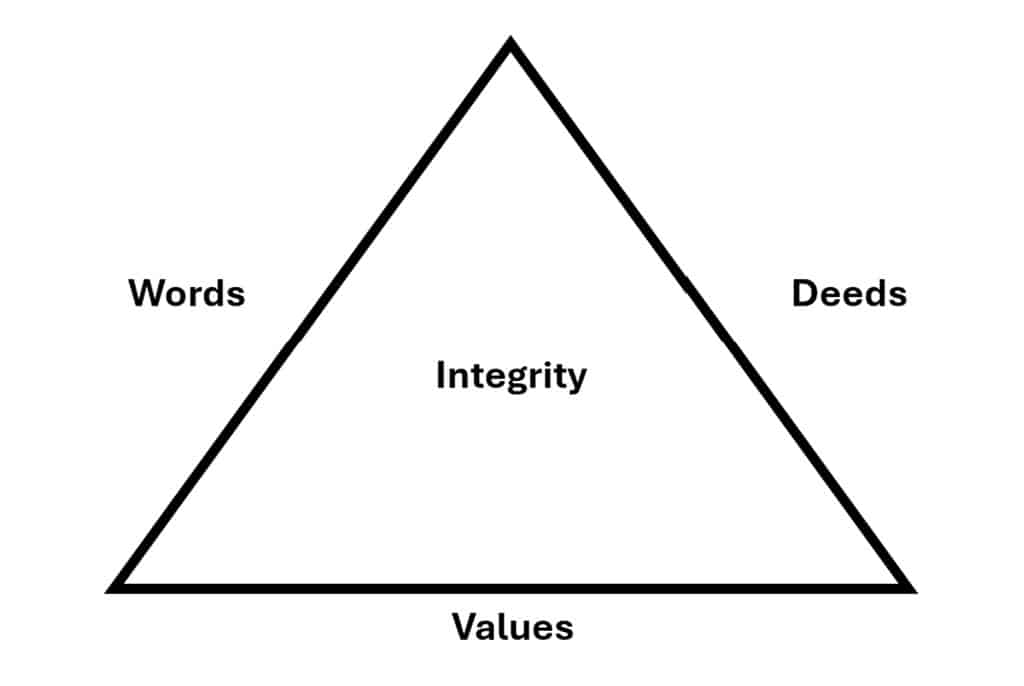
At the center of this triangle is Integrity — achieved when all three sides are in alignment.
Marcus Aurelius, the Roman emperor and philosopher, called our values our “command center.” Plato offered a timeless litmus test: “Ethical conduct means acting in the public interest, regardless of who is watching, without fear of punishment and without expectation of reward.”
The High Cost of Compromise
When this alignment slips, the consequences can be catastrophic. Think of Enron. What began as isolated accounting manipulations evolved into systemic deception. The company presented false profits, inflating stock prices and generating immense personal wealth for executives — until the lies could no longer be sustained. The result: the largest bankruptcy in U.S. history at the time, and a case study in the fatal erosion of organizational integrity.
A Global Case in Getting It Right: Microsoft
Consider a more recent, global case of culture transformation: Satya Nadella’s leadership at Microsoft. Upon taking the helm, Nadella shifted the company’s internal ethos from one of infighting and silos to one of empathy, humility, and learning. This values-driven pivot not only rejuvenated employee morale — it added over $2 trillion in market cap. In Nadella’s words: “We want to be known as a company that stands for personal and organizational empowerment.” Integrity wasn’t a PR slogan — it became a performance driver.
The Integrity Dividend for CEOs
Integrity isn’t just morally right — it’s strategically essential. Research cited by Psychology Today and leadership studies from McKinsey and PwC confirm that executives who lead with values foster higher levels of trust, commitment, and discretionary effort across their organizations. Integrity correlates with lower turnover, stronger stakeholder relations, and higher long-term shareholder returns. And trust-rich cultures tend to outperform in times of crisis, demonstrating resilience and adaptability.
CEOs cannot afford to treat values merely as aspirational posters. They are operational levers.
How to Embed Integrity into an Organization’s Culture
Integrity begins — and is tested — at the top. Leaders must demonstrate both competence and character. But character is what grants them moral authority.
Here’s how CEOs and executive teams can institutionalize integrity:
- Codify shared values. Develop a clear and concise set of guiding principles. Engage employees widely in shaping and owning them.
- Create and curate culture stories. Share high-integrity decisions and moments of principled leadership throughout the organization. They become culture signals.
- Turn repetition into reinforcement. Make integrity a daily conversation. Build it into strategic planning, performance reviews, and investor communications.
- Recognize integrity visibly. Showcase decisions where people did the right thing, even at short-term cost. Reward these behaviors publicly.
- Lead by example. The boardroom and C-suite set the tone. Every decision and every silence points to what matters.
- Enforce without exception. Ethical breaches tolerated from a high performer create a double standard and undermine the whole system.
C-Suite Takeaway
The real value of an organization doesn’t exist only in its physical assets, technologies, or market share. It lies in something more enduring: character.
In an age of AI disruption, ESG scrutiny, and talent mobility, integrity isn’t simply a soft virtue. It’s the lever that moves strategy, culture, and performance all at once.
At the executive level, what gets modeled at the top becomes the blueprint for the entire organization.
A Lesson from Everyday Leadership
Displaying integrity isn’t confined to the domain of boardrooms and global CEOs. Sometimes, the most enduring examples come from the quiet courage of everyday professionals.
When I was 25, I learned an unforgettable lesson in integrity. My father died unexpectedly from an aortic aneurism. Two days later, Dr. Goldswain, our long-time family doctor, came to our home to offer his condolences. To our surprise, he said, “I’m here to tell you that your father should not have died. His condition was misdiagnosed and could have been treated. Your father died from a medical mistake, and I am the one who made it. I’m sorry.”
We felt no anger — only gratitude and admiration. My sister Phoebe got out of her chair and hugged him.
This moment has never left me. It’s a reminder that integrity doesn’t depend on rank or power. As with Dr. Goldswain, it lives in our willingness to take responsibility — even at a potentially painful personal cost. And it builds the kind of trust that no title alone can command.
————
This article is adapted from Willie Pietersen’s latest book, Leadership – The Inside Story.
Have you read?
The World’s Best Medical Schools.
The World’s Best Universities.
The World’s Best International High Schools.
The World’s Best Business Schools.
The World’s Best Fashion Schools.
The World’s Best Hospitality And Hotel Management Schools.








